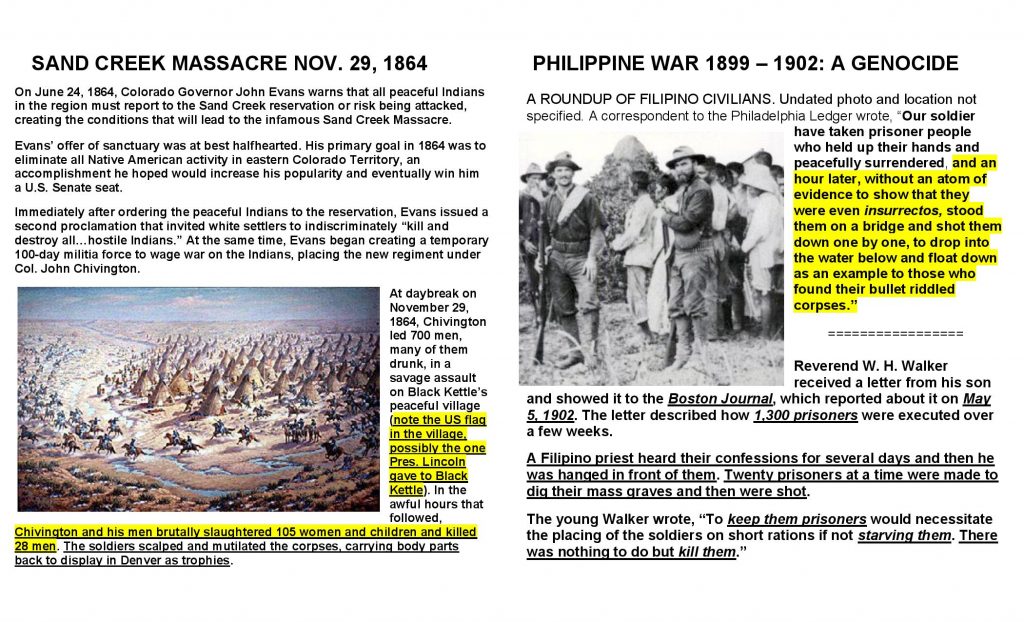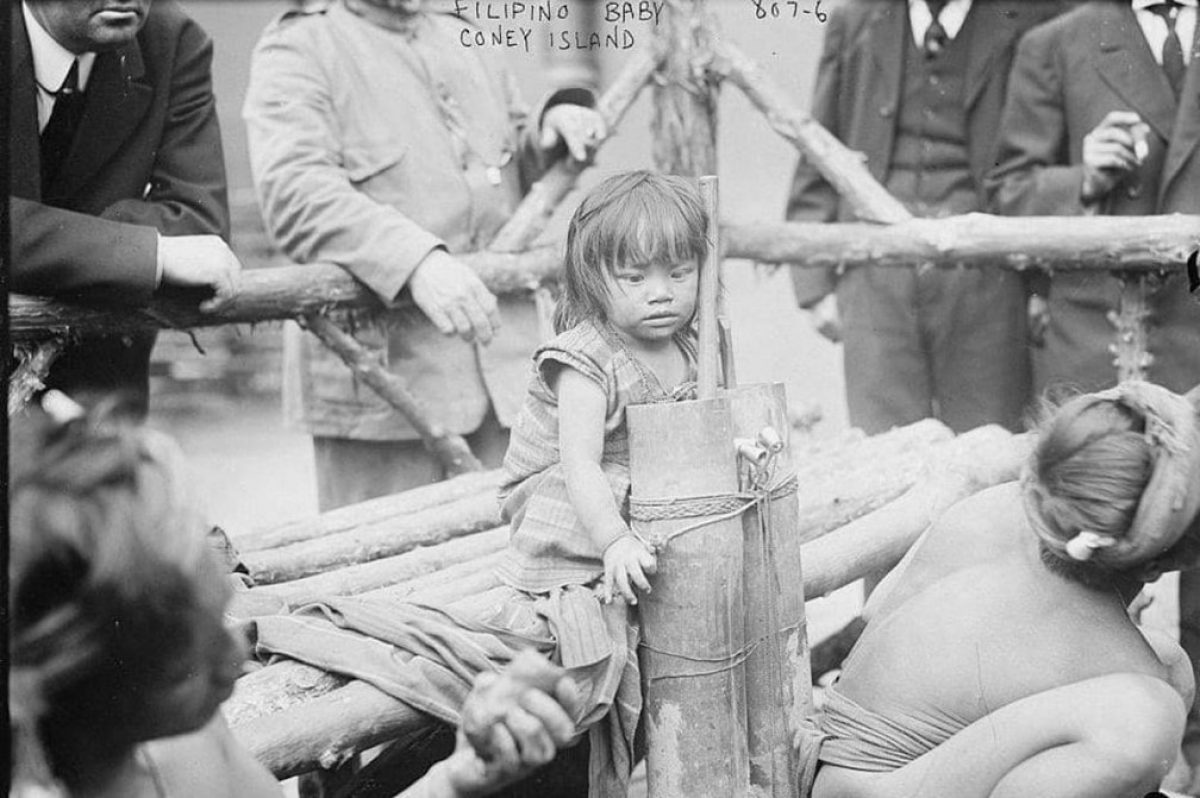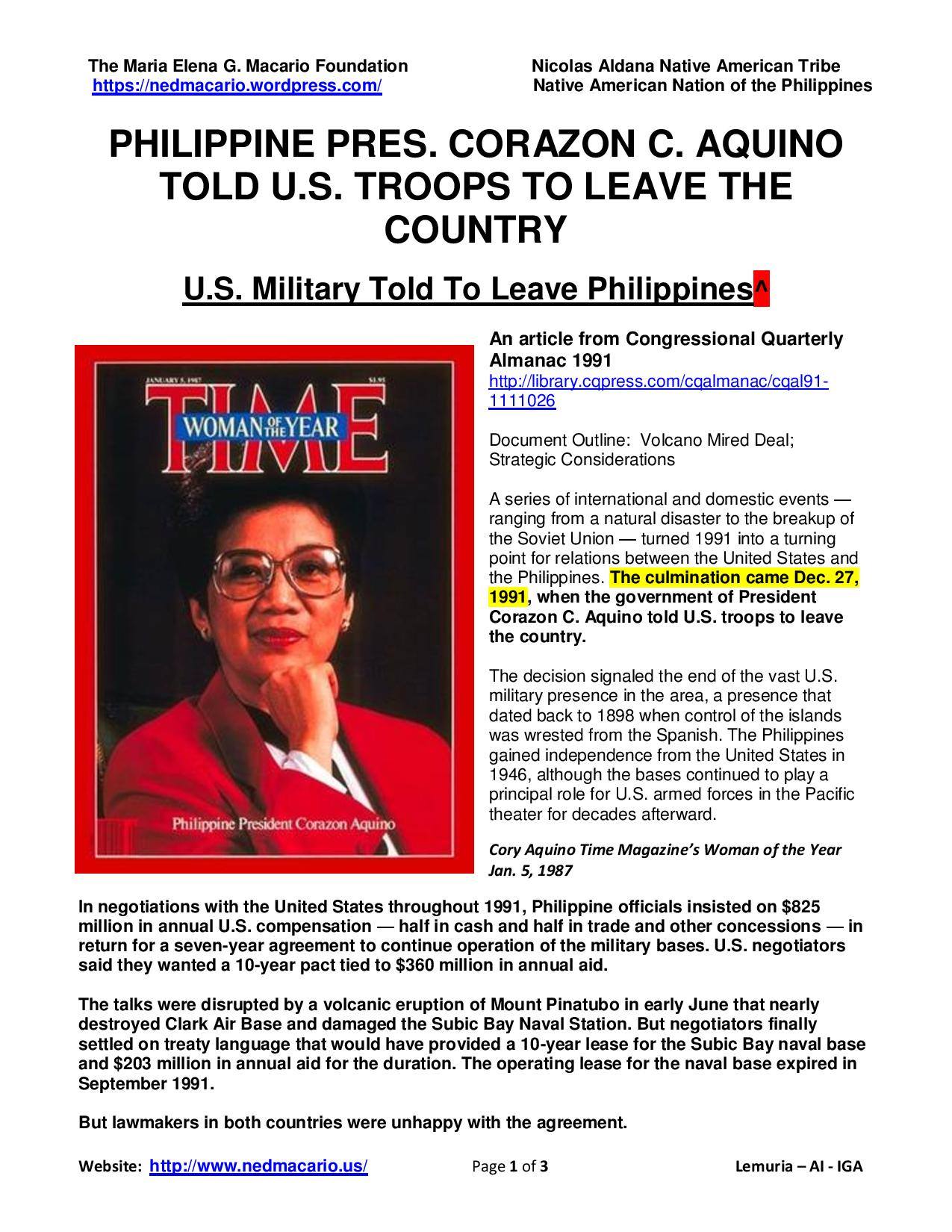Below is one of the many atrocities American soldiers carried out during the Philippine War 1899-1902. To counter the guerilla warfare Aguinaldo’s followers were conducting, concentration camps were established.
A ROUNDUP OF FILIPINO CIVILIANS. Undated photo and location not specified. A correspondent to the Philadelphia Ledger wrote, “Our soldiers…have taken prisoner people who held up their hands and peacefully surrendered, and an hour later, without an atom of evidence to show that they were even insurrectos, stood them on a bridge and shot them down one by one, to drop into the water below and float down as an example to those who found their bullet riddled corpses.”
Reverend W. H. Walker received a letter from his son and showed it to the Boston Journal, which reported about it on May 5, 1902. The letter described how 1,300 prisoners were executed over a few weeks.
A Filipino priest heard their confessions for several days and then he was hanged in front of them. Twenty prisoners at a time were made to dig their mass graves and then were shot.
The young Walker wrote, “To keep them prisoners would necessitate the placing of the soldiers on short rations if not starving them. There was nothing to do but kill them.”
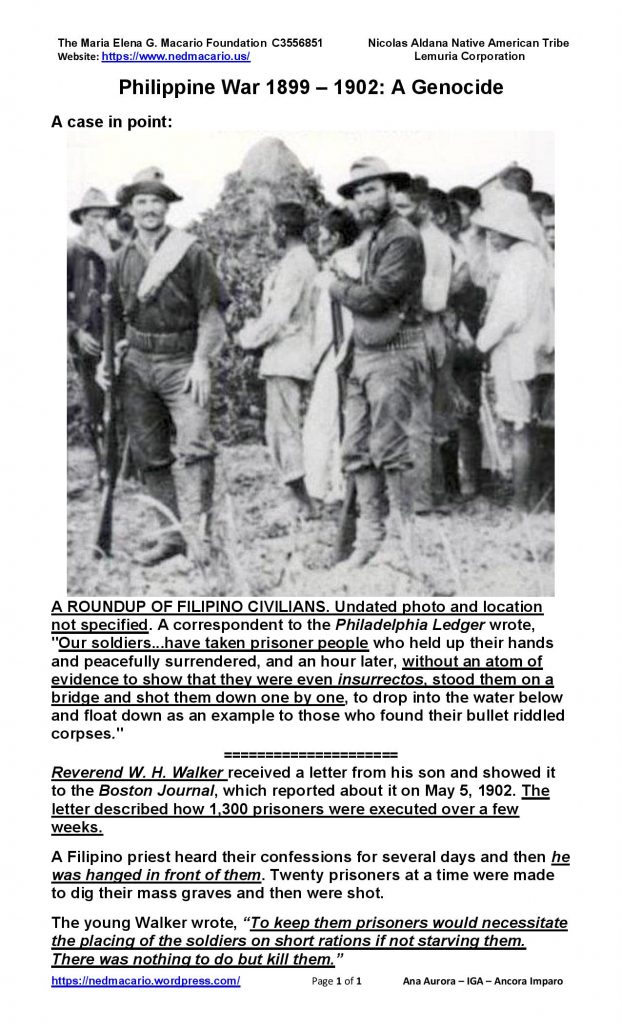
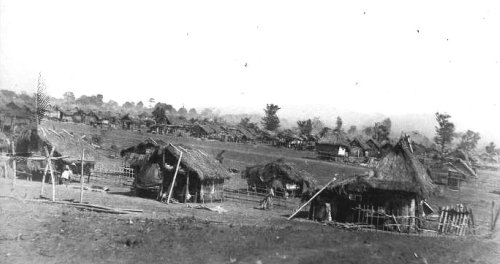
A concentration camp in Tanuan, Batangas, Philippines during the Philippine War (1899-1902)
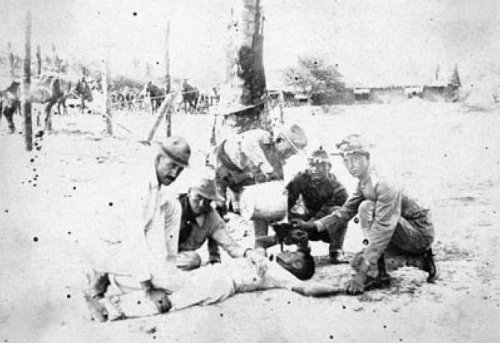
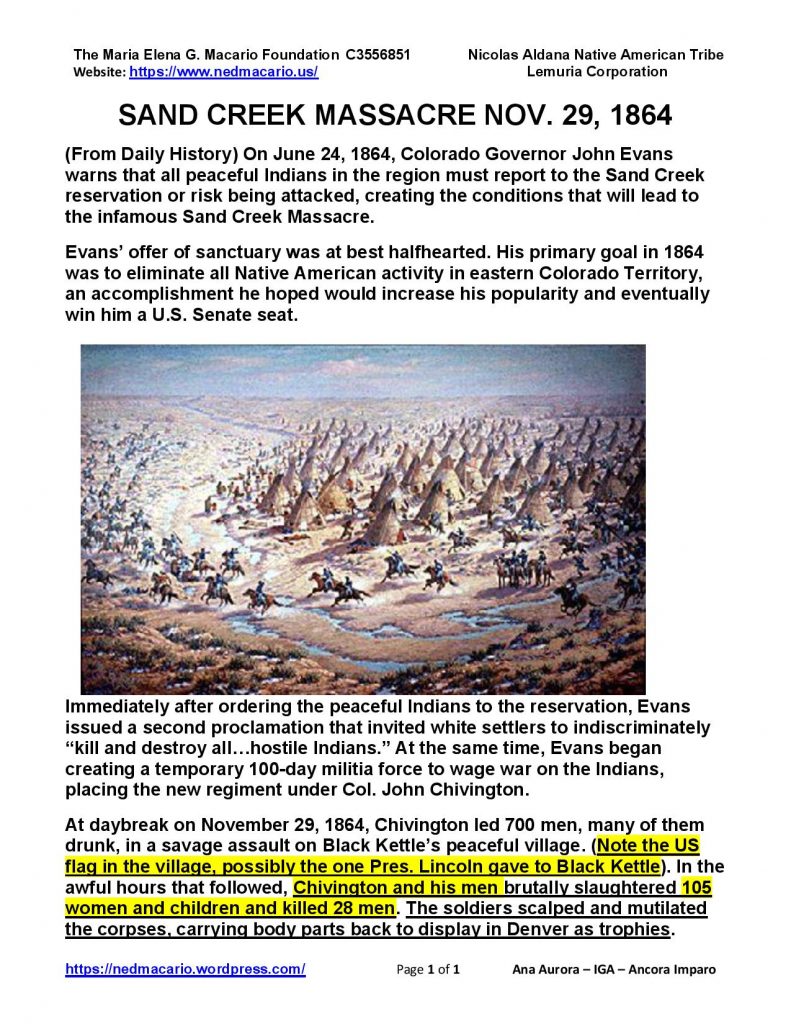

Sand Creek Massacre v. Philippine Genocide 1899-1902 – Massacre of 1,300 Filipinos
June 28, 2020 – HAPPY BIRTHDAY DRAKE! – It would be better to have the participation of Pres. Duterte in the establishment of the government-in-exile for the Freely Associated State for the Philippines based in London, U.K. as part of the transition. The republic of the Philippines founded on lies, treason and dishonor should be dissolved on or before June 30, 2022. Pres. Duterte who should be the last president of that fraudulent republic, has rightly gone after the oligarchs in a way no other Filipino president has done before. Just as an independent and sovereign Philippines was US Army Brig. Gen. Manuel Roxas’ the escape route for collaborating with the Japanese, Pres. Duterte and his qualified followers should be given immunity from suit after he steps down from office provided Pres. Duterte will support the transition of the Philippines to a Freely Associated State.
Let us compare the Sand Creek Massacre on Nov. 29-30, 1864 and the summary execution of 1,300 Filipino prisoners as told by Reverend Walker’s son in letter later published in Boston Journal on May 5, 1902. The Americans introduced summary execution to the Philippines or what they now call “Extrajudicial Killing” (EJK).
It was the Americans who gave the idea of disregarding due process. Pres. Duterte could use these precedents in his defense. Two years from now on June 30, 2022, Pres. Duterte will step down from office and most likely criminal cases will be filed against him and his people for the numerous extrajudicial killings (EJK’s) some of which Duterte himself took responsibility. He’s the only Filipino President who in a speech called oligarchs Ayala and Pangilinan who owns the Water & Sewage systems, “pseudo-Filipinos WITHOUT SOULS” (halos Pilipino na walang kaluluwa) and “You are all ANIMALS!” (Walang water treatment mga animal kayo!”)^ Duterte shutdown the Lopezes’ ABS-CBN in 2020, after he singled out Ongpin early in his administration.
^At 12:08 – Yung water treatment they have been collecting for years to treat water before it flows to Manila Bay. MATAGAL NA YAN ANAK KA NG P*TANG INA NYA! WALANG WATER TREATMENT MGA ANIMAL KAYO! Magusap tayo ng . . . Pag hindi, tag-isang SAMPAL kayo sa akin. Maniwala kayo. Patikim ko sa inyo. PAKITA KO SA PILIPINO PAANO MAGSAMPAL NG MGA MILYONARYO, BILYONARYO. Litse kayo.* *Unahan ninyo ako. Patayin nyo ako. O p*tang ina papatayin ko kayo. Sigurado yan. Inano nyo ang Pilipino, eh. Biro mo tubig nya. . . .” (“Damn you. Go ahead! Kill me! Son of a b*tch I will kill you all. I assure you. You cheated the Filipino people with their own water . . .”)
Excerpt:
At 11:30 – *You know Ayala, they do not pay . . . Hanapin mo nga si Ayala kung saan. Puntahan ko. They do not pay corporate income tax.*
At 12:08 – *Yung water treatment they have been collecting for years to treat water before it flows to Manila Bay. MATAGAL NA YAN ANAK KA NG P*TANG INA NYA!*
*WALANG WATER TREATMENT MGA ANIMAL KAYO! Magusap tayo ng . . . Pag hindi, tag-isang SAMPAL kayo sa akin. Maniwala kayo. Patikim ko sa inyo. PAKITA KO SA PILIPINO PAANO MAGSAMPAL NG MGA MILYONARYO, BILYONARYO. Litse kayo.* *Unahan ninyo ako. Patayin nyo ako. O p*tang ina papatayin ko kayo. Sigurado yan. Inano nyo ang Pilipino, eh. Biro mo tubig nya. . . .* (“Damn you. Go ahead! Kill me! Son of a b*tch I will kill you all. I assure you. You cheated the Filipino people with their own water . . .”)
At 13:29 – *Kung Pilipino ka, papayag ka ng ganun? *You think you can really afford to bargain away the dignity of the your country.* *At saka yang ating tubig, ating tubig, nilalagay nila not as a natural resource but as a commodity. Papaano yan.*
14:00 – *Tubig kailangan ng tao. It’s it’s. Lahat ng ano. Yun ang tinitira nila. Electric, tapos itong tubig. It’s in the hands of the oligarchs who are a bunch of a son of a b*tch.*
*ABS-CBN took Duterte’s P2 million payment for his campaign ad that was never aired, just like all other candidates.*
15:19 – And you want us to bow down to your wealth and money and influence, well not with this administration. I AM FOR THE PEOPLE AND I WILL KILL FOR THE PEOPLE.
^Ceremonial Signing of the Postponement of the 2020 Barangay & SK Elections Act (Speech) Dec. 3, 2019
*at 05:26 – Ang problema ibinigay natin sa mga torpeng hindi nga Pilipino halos o Pilipino na WALANG KALULUWA! Yang Manila Water pati Maynilad kay Pangilinan pati kay Ayala. [The problem is we gave it to some stupid who are not really Filipinos or Filipinos WITHOUT SOULS! That Manila Water and Maynilad belong to Pangilinan and Ayala.
*at 16:06 – “I’m telling Sarah, now again, for the umpteen time. Do not run.* The reason, maawa ako sa ‘yo. Except for your love of your country, wala kang makuha dito sa pagiging presidente unless you go corrupt.* (You’ll get nothing from being a president unless you go corrupt.)Pero ko tinarong ka. ano ba sa Tagalog ang tinarong? Kung matino ka, wala kang makuha dito. Tapoy lang. Endless travel.“ (Duterte is speaking Bisaya. I don’t know his language.)
In this speech by PRRD where he is discouraging Sara to run for president.
16:06 – “I’m telling Sarah, now again, for the umpteen time. Do not run. The reason, maawa ako sa ‘yo. Except for your love of your country, wala kang makuha dito sa pagiging presidente unless you go corrupt.
Pero ko tinarong ka. ano ba sa Tagalog ang tinarong? Kung matino ka, wala kang makuha dito. Tapoy lang. Endless travel “
At 05:18 – Ganito yan. Ang tubig atin. Maraming tubig: Here’s the story: The water is ours.
05:26 – Ang problema ibinigay natin sa mga torpeng hindi nga Pilipino halos o Pilipino na WALANG KALULUWA! Yang Manila Water pati Maynilad kay Pangilinan pati kay Ayala.
[The problem is we gave it to some stupid who are not really Filipinos or Filipinos WITHOUT SOULS!
It’s Manila Water (Ayala Family owned) also Maynilad (owned by Pangilinan) They belong to Pangilinan and Ayala]
06:00 – Walang nagsasalita. But when I saw the contract, sabi ko “P***ng Ina ‘to”. They are screwing us and they are screwing us all the way.
08:33 – Ang sabi ko ang corruption sa pinakamalaki, billions nandito sa itaas. Tax exemption, itong si Ongpin. Lahat yan sila. Yung mga crony noon Yung mga crony ngayon, anak ka ng p*ta ina nyo!
*RTV – Oath-taking of the Newly Appointed Officials (Speech) •Dec 3, 2019
This is why I am inviting Pres. Duterte or his daughter Sara Duterte to join in the formation of the government-in-exile for a Freely Associated State of the Philippines based in London, U.K. as soon as possible. We shall seek the dissolution of the so-called republic of the Philippines founded on lies, treason and dishonor in 1946. We will campaign for the withdrawal of recognition of the Philippine republic immediately with a warning: Since 1946, the international community has been funding, aiding, abetting and profiting from the obviously failed state that is the Philippines, an abandoned U.S. territory.
